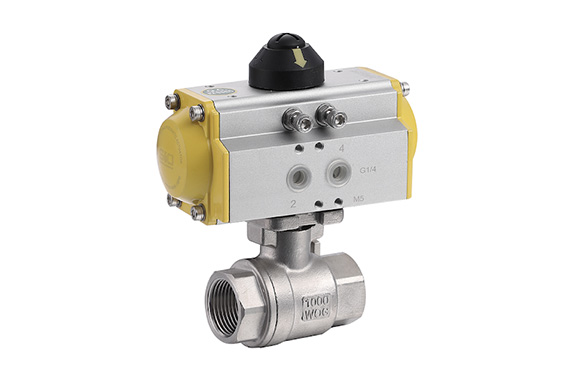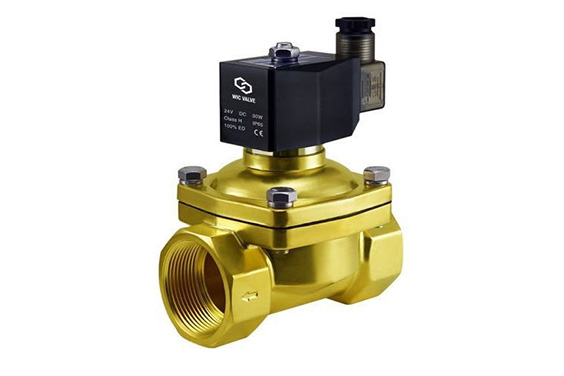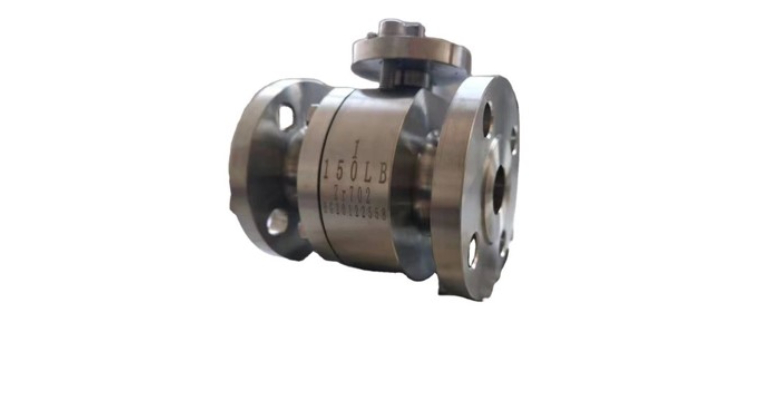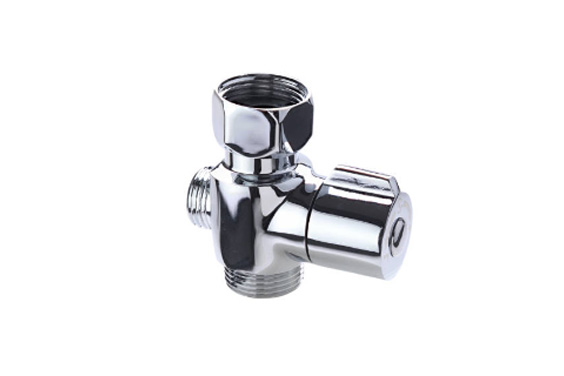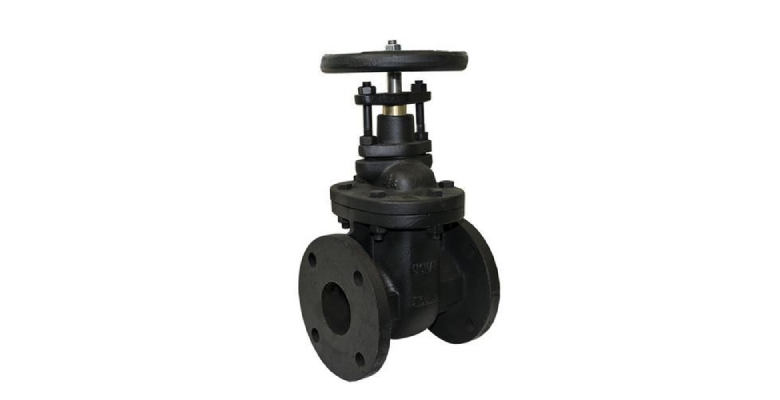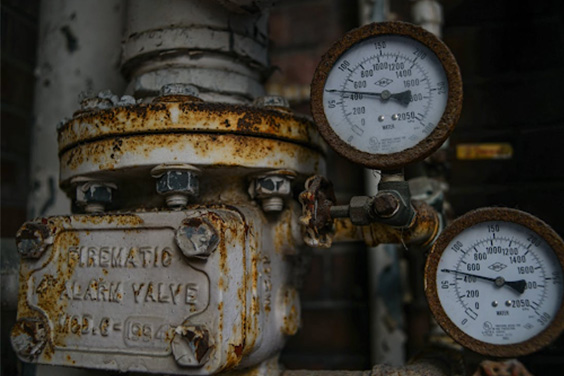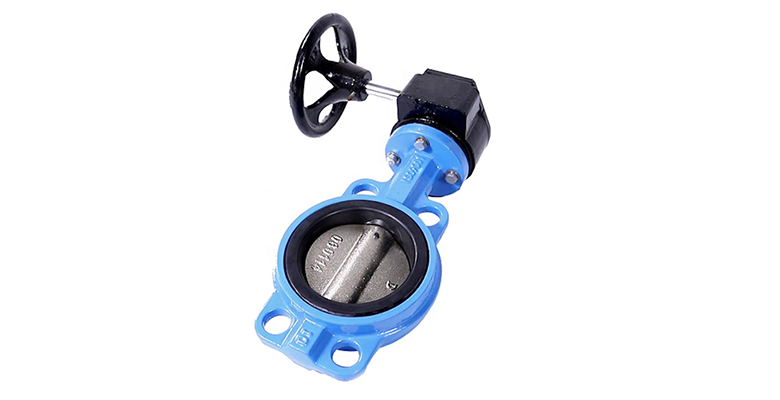A pressure relief valve (PRV) for a hot water tank is a device that opens to release water and steam when the system pressure becomes too high. This protects the tank from being damaged by excess pressure, and ultimately helps to ensure safe and reliable operation of the hot water tank. If you’re not sure whether or not your property has a PRV installed, or if you need assistance with repairing or replacing one, don’t hesitate to get in touch with a professional plumber today.
Pressure Relief Valve For Hot Water Tank
- Here’s how a pressure relief valve for hot water tank works:
- It senses the temperature of the water in the tank.
- When the temperature gets too high, it opens and releases some hot water into your drain line.
- This reduces the pressure inside the tank, so that when more hot water is pumped into the tank by your heater, less hot water comes out of your faucets.
Benefits of Pressure Relief Valve For Hot Water Tank
- It relieves pressure.
- It prevents scalding injuries.
- It prevents explosions of the tank.
- It allows you to adjust the temperature of your water heater to just the right level for your comfort and convenience, and energy conservation.
- It saves you money on your energy bills by keeping the water temperature at a lower level than it would be if there was no pressure relief valve installed in your hot water heater.
- A pressure relief valve is required by law in almost all jurisdictions in North America, so it’s not an option — it’s a necessity if you want to avoid paying fines and possible injury or death related to problems with your hot water heater installation or operation.
What happens if the pressure relief valve fails on a hot water heater?
If the pressure relief valve fails on a hot water heater, it can cause several problems. For example, if the pressure relief valve fails on a gas hot water heater, you may have an explosion. If the pressure relief valve fails on an electric hot water heater, you may have an electrical fire. Also, if the pressure relief valve fails on a tankless hot water heater, you may have a leak and flooding in your home.
What happens if a temperature control device fails on a hot water heater?
If the temperature control device (thermostat) fails on a hot water heater, it can cause several problems. For example, if the temperature control device (thermostat) fails on a gas hot water heater and it is not set properly for your needs or for conditions in your area of the country, you can experience higher energy bills than normal.
Also, if the temperature control device (thermostat) fails on an electric hot water heater and it is not set properly for your needs or for conditions in your area of the country, you can experience higher energy bills than normal.
And finally, if the temperature control device (thermostat) fails on a tankless hot water heater and it is not set properly for your needs or for conditions in your area of the country, you can experience higher energy bills than normal.
How do you know if your pressure relief valve is faulty?
Pressure relief valves can wear out over time or become jammed, which can lead to serious problems. If you suspect that your pressure relief valve is faulty, there are a few things you can do to check. First, look for any visible damage to the valve or released pressure. If the valve is damaged, it will need to be replaced.
Next, check the pressure gauge to see if it is reading accurately. If not, this could be a sign that the valve is not opening and closing properly. Finally, listen for any strange noises coming from the valve. If you hear hissing or popping, this could indicate that the valve is not functioning correctly. If you notice any of these problems with your pressure relief valve, it is important to have it repaired or replaced as soon as possible to avoid dangerous consequences.
Is it normal for water to come out of the pressure relief valve?
It depends on the type of pressure relief valve. If it is a bursting type, you can hear a hissing sound and water will come out from it. It is normal. But if you hear a hissing sound but no water comes out, then there may be some problem with the pressure relief valve. But if it is a non-bursting type, then it won’t have any sound or water coming out.
When should you open the pressure relief valve on a water heater?
A water heater should have a pressure relief valve (aka pressure vent). It is there to relieve excess pressure in the tank if it builds up. A water heater with no pressure relief valve can explode and cause serious damage to the house and people in it. Pressure relief valves are not designed to be opened by homeowners, so if you open it, you could be causing damage to your water heater. You should only open the pressure relief valve if instructed to do so by a qualified technician.

